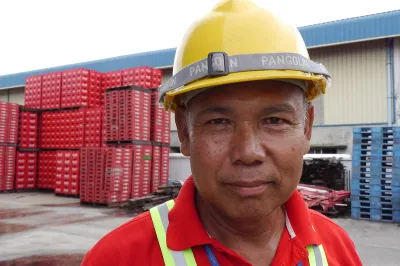Paper
The Profile of Microfinance in Latin America in 10 Years: Vision & Characteristics
Where does microfinance stand in Latin America today and where is it going?
Download
52 pages
This paper attempts to assess the present status of microfinance in Latin America and explores its development in the coming decade.
The paper describes the method of study adopted by the authors and presents their conclusions as follows:
- The past few years have seen two approaches to the provision of financial services to the poor in the region:
- Upscaling, where NGOs transform into regulated entities,
- Downscaling, where commercial banks, entering the micro enterprise sector, provide financial services to the poor;
- NGOs need to continue their support to innovations in the development of systems and procedures;
- Microfinance institutions (MFIs) need to use technology to improve the quality of financial services;
- NGOs are the best options for the provision of very small loans, followed by regulated MFIs and then by commercial banks;
- Governments need to support the adoption of a prudent regulatory framework;
- Donors should concentrate their efforts on technical support and on developing products and services;
- Private capital funding will eliminate the constraint of access to sufficient capital.
The paper then discusses:
- Characteristics of microfinance in Latin America today;
- Steps for the future;
- The role of:
- New products and technology in future,
- Regulation and supervision,
- Donors and private capital.
Finally, the paper predicts that the future will see the complete integration of microfinance into the financial systems of the countries in the region.
About this Publication
Published


